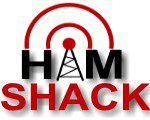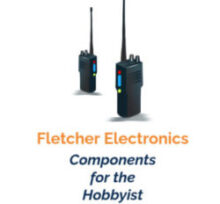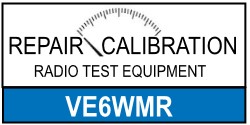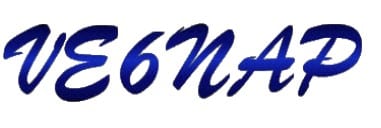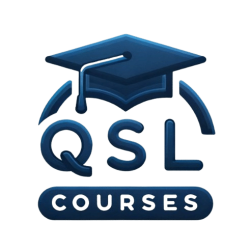
question specific learning
Transforming Knowledge Into Understanding
Hamshack.ca is completing the fully updated Basic Amateur Radio Course, built from the ground up to match the latest ISED syllabus and question bank. The new course is now in the final QA and testing stage, with launch expected shortly. It features clear, easy-to-follow lessons, embedded answers, interactive quizzes, real-world examples, and full mobile compatibility — everything you need to prepare confidently for your Basic Qualification.
The Advanced Amateur Radio Course remains fully available and unchanged. It continues to use the proven QSL (Question Specific Learning) methodology to provide deeper understanding, exam-focused content, and a highly structured learning path designed specifically for Canadian operators who want to upgrade their certification.
Contact VE7DXE
Contact VE7DXE for enrollment details and course reservations.
Log into your hamshack.ca account to access the QSL Advanced Course. Don’t have an account? No problem, request an account here. Good luck with your studies!

6.1. single, double-conversion superheterodyne architectures
The ‘6.1 Single, Double-Conversion Superheterodyne Architectures‘ course starts off the Receivers section at Hamshack.ca, adopting the Question Specific Learning (QSL) method to break down complex receiver designs into understandable concepts. This chapter dives into the nuts and bolts of single and double-conversion superheterodyne receivers, detailing how they transform frequencies, the critical role of intermediate frequencies, and why superheterodyne designs are celebrated for their selectivity and efficient circuitry. It specifically points out how double-conversion techniques excel in minimizing image interference, thereby boosting receiver performance. Aimed at both hobbyists and seasoned radio professionals, this course clarifies the sophisticated engineering of these receivers, showcasing their capabilities in enhancing signal processing and ensuring clear reception, laying a solid foundation for understanding advanced radio receiver architectures.

6.2. oscillators, mixers, tunings
The ‘6.2 Oscillators, Mixers, Tunings‘ course, part of the Receivers section at Hamshack.ca, distills the complex topics of oscillators, mixers, and tuning mechanisms into comprehensible insights. This course navigates through the core functionalities and contributions of oscillators in generating frequencies, mixers in converting signals to the desired Intermediate Frequency (IF), and the precision tuning mechanisms essential for accurate signal reception and processing. By focusing on these fundamental components, the course aims to shed light on how each element plays a crucial role in the effectiveness and efficiency of radio receivers. Ideal for enthusiasts and professionals alike, this course lays a solid foundation for understanding the sophisticated engineering behind radio communication systems, ensuring participants grasp the critical processes that allow for clear and reliable radio transmissions.
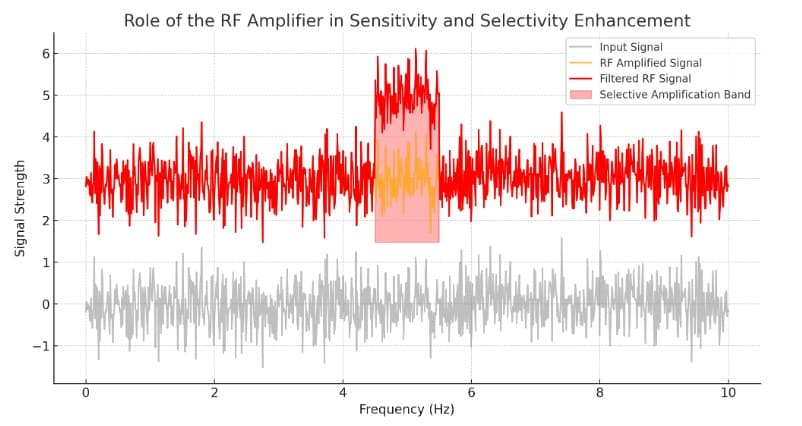
6.3. RF, IF amplifiers, selectivity
The ‘6.3 RF, IF Amplifiers, Selectivity’ course in the Receivers section developed using the Question Specific Learning (QSL) approach, delves into RF and IF amplifiers and the crucial concept of selectivity in superheterodyne receivers. This course is designed to deepen understanding of how these amplifiers and selectivity principles work together to improve the performance of radio receivers. It explores the importance of managing the ‘noise floor’ for clearer signal detection, the role of the first IF amplifier stage in enhancing selectivity and gain, and how to achieve the optimal gain levels for RF amplifiers to boost receiver sensitivity. By applying the QSL method, learners gain practical insights into effectively reducing noise figures, understanding the dynamic range of receivers, and grasping the overall impact of these components on receiver sensitivity and noise management. This educational journey equips enthusiasts and professionals with a comprehensive understanding of the technical elements that contribute to superior receiver functionality, ensuring they are well-prepared to tackle challenges in radio communication and receiver design.

6.4. detection, audio, automatic gain controls
The ‘6.4 Detection, Audio, Automatic Gain Controls‘ course, a segment of the Receivers series at Hamshack.ca, leverages the Question Specific Learning (QSL) methodology to explore the foundational elements of receiver technology in amateur radio. This chapter delves into the intricate workings of communication receivers, emphasizing the importance of de-emphasis networks in FM receivers, the operation of product detectors, and the function of Automatic Gain Control (AGC) systems. Through guided exploration, learners will gain a deep understanding of the signal processing journey from detection to audio output, with a special focus on AGC’s role in ensuring consistent signal quality across varying conditions. This comprehensive look into receiver technology sheds light on how modern receivers handle fluctuating signal strengths, demodulate sophisticated signal types, and deliver clear audio, providing essential insights for anyone keen on mastering the technical intricacies of radio communication.
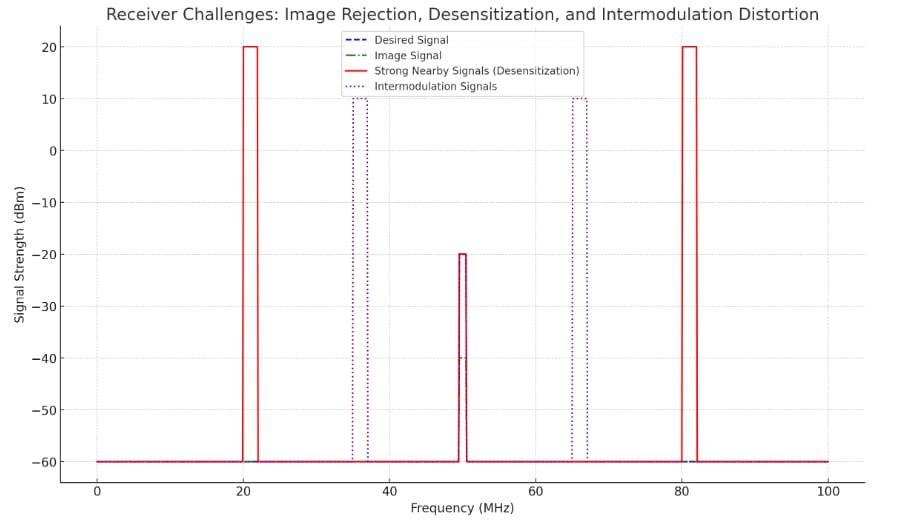
6.5. performance limitations – instability, image, spurious, etc.s
The ‘6.5 Performance Limitations in Receivers‘ course, part of the Receivers curriculum at Hamshack.ca, utilizes the Question Specific Learning (QSL) method to tackle the challenges and limitations impacting radio receiver performance. This chapter offers a deep dive into the hurdles faced by receivers in complex signal scenarios, covering key areas like image rejection, receiver desensitization, and intermodulation distortion. It systematically builds an understanding of how various elements, including the RF amplifier pre-selector and the presence of strong nearby signals, can adversely affect receiver operations. By exploring these technical issues, the course aims to provide learners with enhanced insights into the nuances of receiver design and functionality, empowering them with the knowledge to identify and address common problems in radio communication systems effectively.
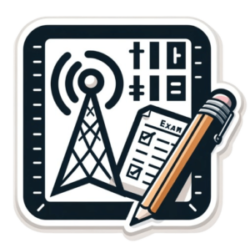
Receivers Exam
Master the intricacies of radio receivers with the comprehensive 8.1.6 Receivers Exam. Delve into the fundamentals and advanced concepts of single and double-conversion superheterodyne architectures, oscillators, mixers, and tuning techniques. Expand your expertise on RF and IF amplifiers and their critical role in selectivity, along with detection methods, audio processing, and automatic gain controls. This exam also addresses the performance limitations of receivers, such as instability, image rejection, and spurious responses, equipping you with the knowledge to design and troubleshoot sophisticated radio receiver systems.
Hamshack.ca provides original, Canadian-focused amateur radio training through its Basic and Advanced Courses, along with new courses currently in development. All instructional text, explanations, diagrams, illustrations, quizzes, assessments, and related materials have been developed exclusively for Hamshack.ca learners and form a complete proprietary educational system.
© All course content—including lessons, graphics, instructional methods, practice exams, and supporting materials—is fully copyrighted and protected under intellectual property law. Users receive a personal, non-transferable license to access the material for their own learning. Copying, sharing, redistributing, republishing, or using any part of the course content for commercial or instructional purposes is strictly prohibited without written permission from the site owner.
For full details on usage rights and restrictions, please refer to the Hamshack.ca Terms of Use.
